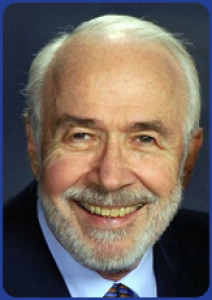More important than assuming the almost entirely ceremonial position, following the death Monday of Sen. Daniel K. Inouye, D-Hawaii, Leahy also moves up in seniority to succeed Inouye as chairman of the Senate Appropriations Committee. Formal appointment by Senate Democrats is pending, but the Senate’s seniority system is rarely if ever ignored.
Leahy, who chaired the Senate Agriculture Committee from
1987 through 1994, led the fight that led to the enactment of the Organic Foods
Production Act of 1990, which governs USDA organic regulations. He also is the
architect of two major dairy programs that were targeted to small-scale dairy farmers
– the Northeast Interstate Dairy Compact, which raised milk prices in
By relinquishing the chair of the Senate Judiciary Committee, he will clear the way for Sen. Dianne Feinstein, D-Calif., who can be expected to use the position to advance legislation that would ban assault weapons and potentially other restrictions.
The president pro tem since 1948 traditionally has been the most senior senator in the party that controls the Senate. Leahy, 72, was elected in 1974 and is completing his 38th year in the Senate. His main duty is to preside over the Senate in the absence of the vice president, who also is President of the Senate, but typically the presiding officer’s role is delegated to junior members.
In the unlikely event that the president, vice president and speaker were unable to serve, the president pro tem is next in line to become president, followed by the secretary of state and other members of the Cabinet in order of the creation of their departments. The secretaries of the treasury and defense are next, followed by the attorney general and, the secretaries of the interior and agriculture, and then the heads of the departments formed after 1900.
#30
For more news go to: www.Agri-Pulse.com

